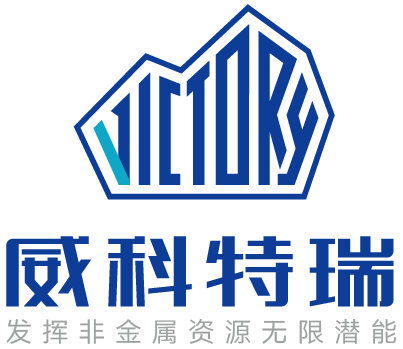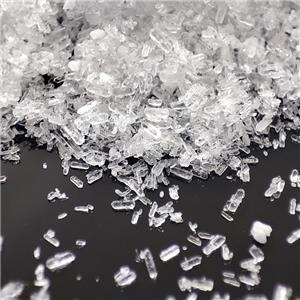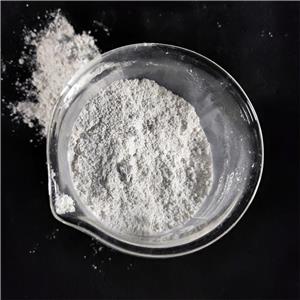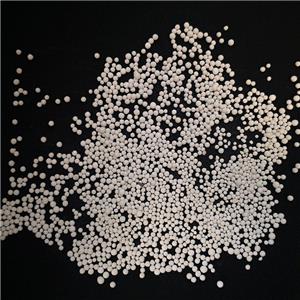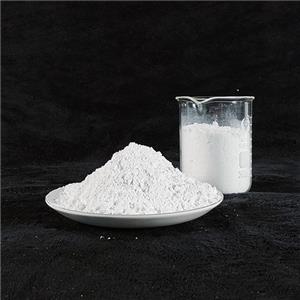How to improve the heat resistance of plastics through materials such as talc
How to improve the heat resistance of plastics through materials such as talc
In order to improve the heat resistance of plastics, inhibiting molecular motion is the main method. The following are some common modification methods:
1. Improve heat resistance through molecular structure modification
Construct a three-dimensional molecular network structure
By transforming the molecular model of polymer materials into a three-dimensional network structure, molecular motion can be significantly suppressed and heat resistance improved.
Introduce aromatic ring and alicyclic structures
Adding an aromatic ring or alicyclic structure that is difficult to move into the molecular structure can enhance the rigidity of the molecular chain and thereby improve heat resistance.
Add polar groups
Introducing polar groups (such as hydroxyl or amino groups) into the molecular chain can limit molecular movement through intermolecular forces such as hydrogen bonds and improve the thermal stability of the material.
Introducing heat-resistant modifiers
The heat resistance of polymer materials can be enhanced by using heat-resistant modifiers such as SAM-I or N-phenylmaleimide. For example:
SAM-I heat-resistant modifier: As a terpolymer of styrene, acrylonitrile and N-phenylmaleimide, it has high rigidity and thermal stability and can be blended with ABS, PVC, etc.
N-Phenylmaleimide: It can be used as vulcanization cross-linking agent in natural rubber and synthetic rubber. It can also improve the heat resistance, impact resistance and processability of the resin.
2. Improve heat resistance through filling modification
Adding fillers to plastics can significantly improve heat resistance. Inorganic mineral fillers are particularly effective, and the smaller the particle size, the better the modification effect.
Nanoscale fillers
Adding 5% nano-montmorillonite to PA6: the heat distortion temperature increases from 70°C to 150°C.
Adding 10% nano-wollastonite to PA6: the heat distortion temperature increases from 70°C to 160°C.
Conventional filler
Adding 30% talc to PBT: the heat distortion temperature increases from 55°C to 150°C.
Adding 30% mica to PBT: the heat distortion temperature increases from 55°C to 162°C.
Commonly used fillers include calcium carbonate, talc, wollastonite, mica, calcined clay, etc.
3. Improve heat resistance through reinforcement modification
The addition of reinforcement fiber can more effectively improve the heat resistance of plastics. Commonly used reinforcement materials include asbestos fiber, glass fiber and carbon fiber.
Crystalline resin reinforcement modification
PBT adds 30% glass fiber: the heat deformation temperature increases from 66°C to 210°C.
PA6 adds 30% glass fiber: the heat deformation temperature increases from 70°C to 215°C.
PEEK adds 30% glass fiber: the heat deformation temperature increases from 230°C to 310°C.
Non-crystalline resin reinforcement modification
ABS adds 30% glass fiber: the heat deformation temperature increases from 83°C to 110°C.
PC adds 30% glass fiber: the heat deformation temperature increases from 132°C to 143°C.
